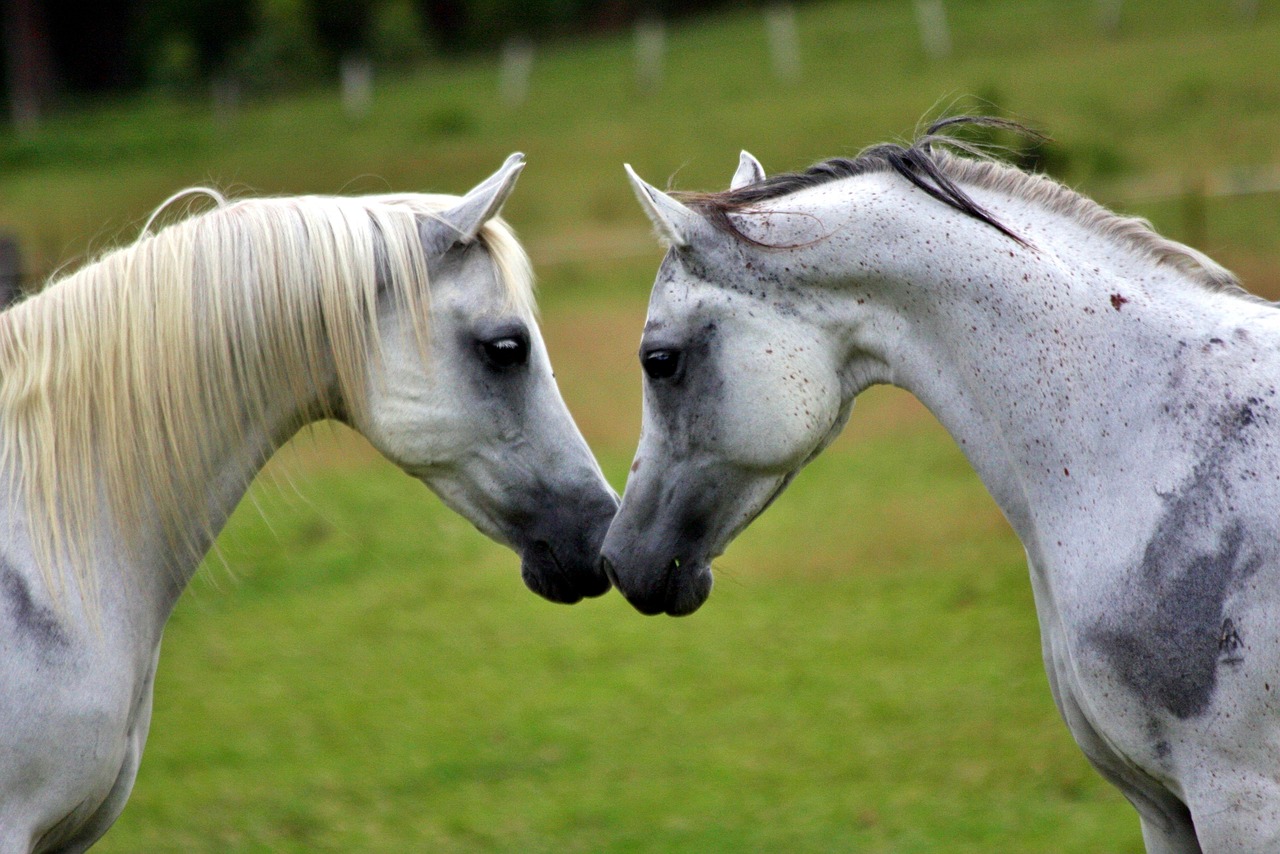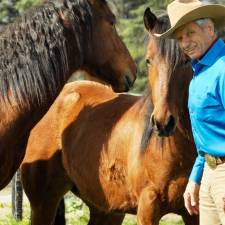
By the EIE Editorial Staff
Today, there are over 400 recognized horse breeds in the world. Each breed has its own unique characteristics and abilities. This diversity of breeds allows people to choose the perfect horse for their individual needs and interests.
First, it's important to understand that the terms "hot-blooded," "warm-blooded," and "cold-blooded" in the context of horses don't refer to their actual body temperature, as all horses are mammals and naturally warm-blooded. Instead, these terms are informal designations used to group different breeds based on their temperament and physical characteristics.
Here's a breakdown.
Hot-blooded horses
- Characteristics: Energetic, spirited, athletic, sensitive, often high-strung.
- Breeds: Arabian, Thoroughbred, Akhal-Teke.
- Examples: Racehorses, show horses, endurance horses.
Warm-blooded horses
- Characteristics: Combine athleticism of hot-blooded horses with the calmness and strength of cold-blooded horses.
- Breeds: Hanoverian, Dutch Warmblood, Holsteiner, Trakehner.
- Examples: Dressage horses, show jumping horses, eventing horses.
Cold-blooded horses
It's important to remember that these are generalizations, and individual horses within each category can vary in temperament and personality. There are also many other breeds that don't neatly fit into these categories.
Here are some additional things to keep in mind:
- The terms "hot-blooded" and "cold-blooded" are not widely used in scientific literature.
- The origins of these terms are not entirely clear, but they likely arose from comparisons of different horse breeds in terms of their energy levels and suitability for different purposes.
- Some newer and mixed breeds defy these traditional classifications, blurring the lines between hot-blooded, warm-blooded, and cold-blooded horses.
The development of the large number of breeds is due to many factors, including:
- Geography: Horses were first domesticated in Central Asia, but they quickly spread to all corners of the globe. As horses adapted to different climates and terrains, their physical characteristics began to diverge. This led to the development of different breeds of horses in different parts of the world.
- Human use: Humans have bred horses for a variety of purposes, including transportation, warfare, agriculture, and sport. This has led to the development of breeds that are specialized for different tasks. For example, draft horses are bred for strength, while racehorses are bred for speed.
- Personal preference: People have different preferences when it comes to horses. Some people prefer horses of a certain size, color, or temperament. This has led to the development of breeds that appeal to different people's tastes.
The diversity of horse breeds is a testament to the adaptability and versatility of the horse. Horses have played an important role in human history for centuries, and they continue to be valued companions as emotional support animals and working animals today. There is a horse for every type of rider at every level for every interest. Horses are as individual as we are and when chosen wisely, can make wonderful partners!
You can find more interesting stories in our section on Recreation & Lifestyle.












